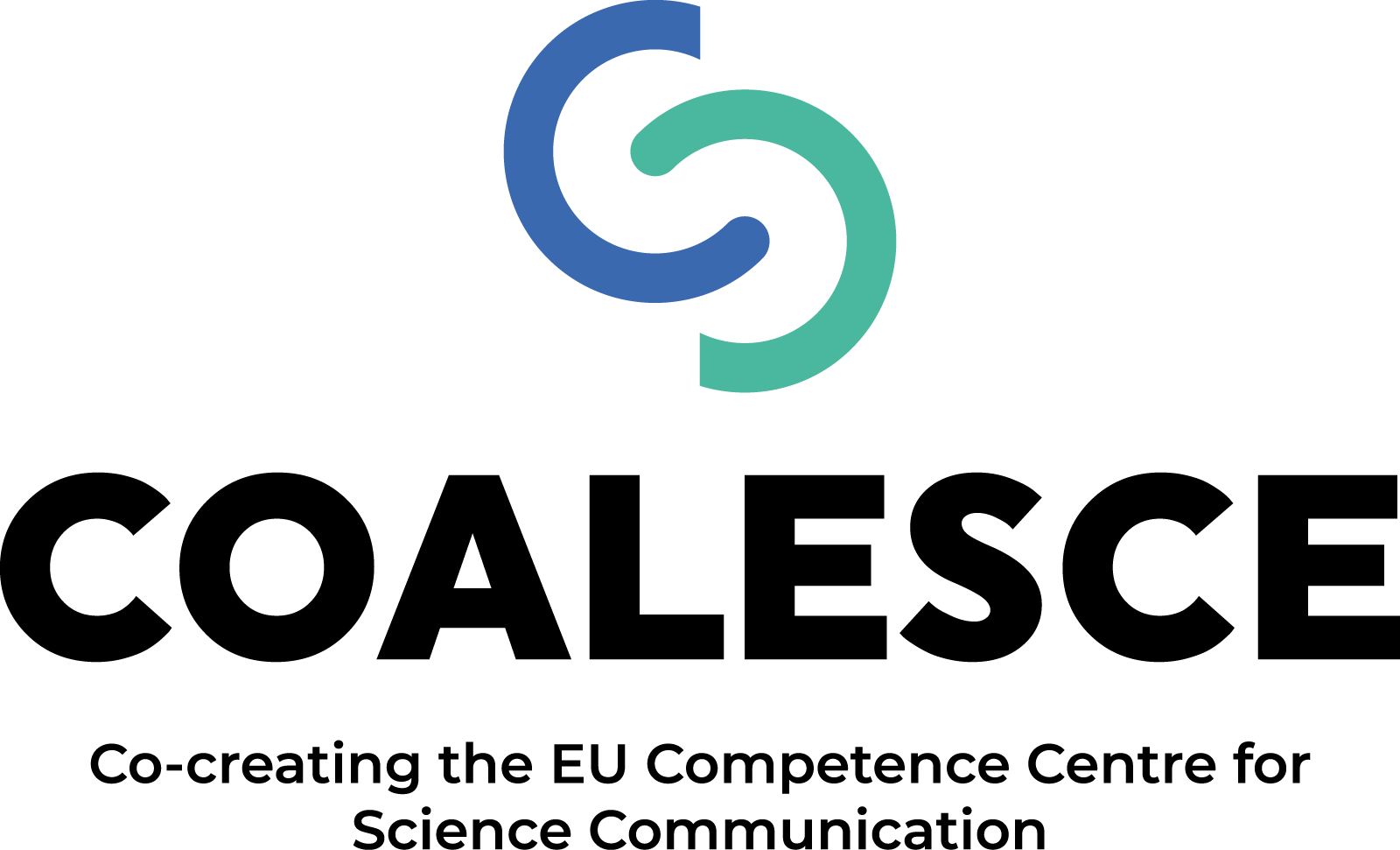Designing a matchmaking tool for scientific collaboration and public engagement
The final session of the launch event for the European Competence Centre for Science Communication was a workshop focused on designing a matchmaking tool for scientific collaboration and engagement. The goal was to gather user requirements for this tool, which will be part of the Competence Centre’s virtual platform, enhancing the Competence Centre’s role as a hub for evidence-based science communication across Europe.
Set to be available by September 2025, the matchmaking tool aims to connect researchers, policymakers, stakeholders and citizens to collaborate on scientific topics, including crises. It will offer personalised recommendations based on users’ interests and profiles, making it easier to find the right partners. Users will be able to input their interests and goals, and an algorithm will suggest compatible connections. They can then review and select collaborators that best meet their needs.
The 1.5-hour workshop brought together over 15 participants from various professional backgrounds, including science-communication officers, science writers, academics, multimedia specialists, government officers and science journalists. They engaged in interactive activities to refine the tool’s functionalities.
Using online whiteboards for real-time brainstorming, the workshop began with an activity based on the “Six Thinking Hats” method to gather initial impressions of the matchmaking tool. Participants shared their feelings, concerns, factual observations and creative ideas. Next, the workshop focused on gathering detailed user requirements. Participants specified their roles, outlined their requirements and stated their purposes for wanting to use the tool, while also highlighting any doubts or concerns. This structured approach ensured a comprehensive understanding of user needs and expectations.
A segment of the workshop was dedicated to identifying potential risks and failures, crucial for the tool’s successful development. Participants emphasised the need for the tool to feature researchers with specialised expertise and those who bridge multiple topics. They also sought a user-friendly interface that would support networking capabilities, allowing users to easily connect with relevant experts. The discussion also covered building trust between stakeholders and exploring how researchers can influence policy decisions. Key considerations included avoiding silos in science communication, ensuring diversity in research representation and accommodating multi-language needs.
Participants were excited about the tool’s potential and committed to refining its design based on collective feedback. They highlighted the importance of fostering meaningful connections without overwhelming communication.
The COALESCE team will incorporate the feedback from the workshop in creating the tool and encouraged participants to stay engaged and provide ongoing feedback. Updates on the project’s progress will be shared through the COALESCE newsletter, keeping contributors informed about the tool’s development and future enhancements. Interested parties are encouraged to contact us with any questions or suggestions.
– Magaret Sivapragasam, UWE Bristol


